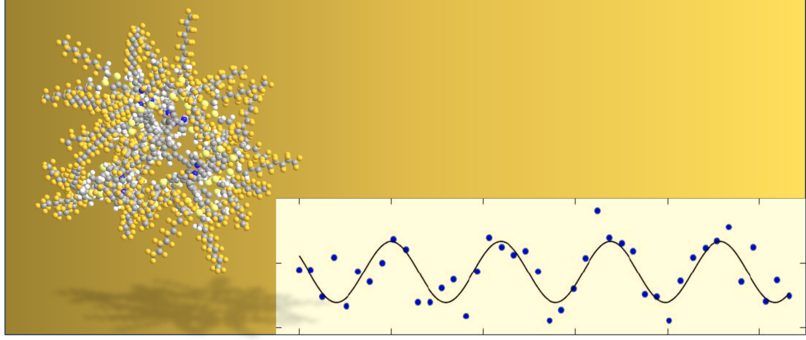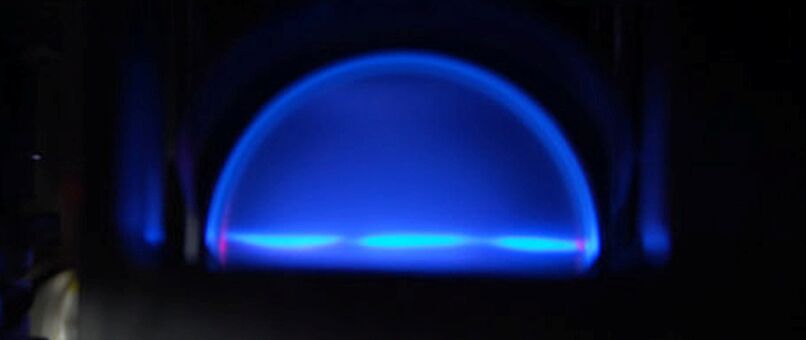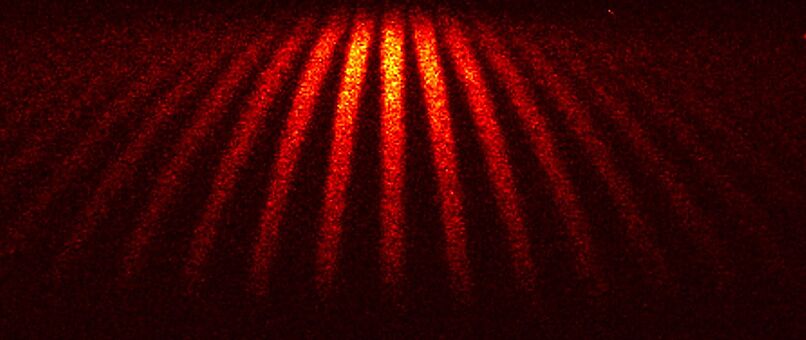We are fascinated by ...
- Universal matter-wave interferometry
- Towards metal cluster interferometry:
a new material class in quantum physics to probe the interface to the classical world. - From Polypeptide towards Protein interferometry:
a new material class to study complexity & dynamics of biomolecules in quantum physics.
- Towards metal cluster interferometry:
- Cooling and quantum optomechanics
- Optical cooling of non-spherical nanoparticles to explore their rotational quantum states.
- Cooling of nanobiological matter to harvest their internal complexity.
- Enabling technologies for quantum experiments
- Sources of metal clusters, dielectric and biological nanomaterials: for matter-wave interferometry.
- Single-photon charge control and coherent beam splitting of proteins & metal clusters.
- Interfeormeter concepts for complex nanomatter.
- Quantum sensors
- Matter-wave deflectometers with high force sensitivity:
... to measure electro-magnetic, optical & dynamical properties of molecules of interst to biology and chemistry. - Trapped nanorotors:
... to realize highly sensitive torque & rotations sensors on the micron scale. - Superconducting nanowire detectors:
... to open new avenues to mass spectrometry, molecule analysis by harvesting the sensitivity of quantum states.
- Matter-wave deflectometers with high force sensitivity:
Latest News
25.09.2019
02.05.2019
10.04.2019
02.04.2019
15.03.2019



















